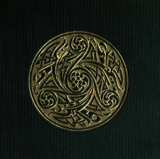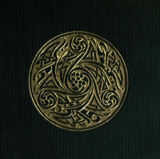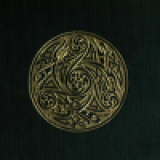Irish Texts Society Volume 30: Cinnlae Amhlaoibh Uí Shúileabháin
Written from January 1827 to July 1835, the diary of Amhlaoibh Ó Súilleabháin of Callan, County Kilkenny, has been described as one of the most significant non-imaginative Irish prose writings of the nineteenth century. It is certainly an extremely valuable source of information on the manners and customs of the ordinary people of the period. Tomás de Bhaldraithe noted: 'the struggle for Catholic Emancipation, the Tithe War, the secret societies, evictions, famine and cholera plagues...are frequently mentioned in the diary. (He) gives regular accounts of markets, prices and wages. He mentions many festival customs, games, sports meetings, patterns, wakes, dances, dinner parties et cetera, in addition to his daily notes on the weather, the crops, bird, animal and plant life, which were among his principal interests'. Father McGrath's four volumes, which represent the standard edition of the diary, were made the subject of the Society's annual seminar, held in conjunction with the Irish Departments at UCC in 2003. The proceedings of the seminar have since been edited by Liam P. Ó Murchú in the Subsidiary Series (no. 14). Concluding his contribution to the seminar, Gearóid Ó Tuathaigh described the Cín Lae as a 'remarkable document', which offers us an invaluable insight into the mentalité of the historically conscious Catholic bourgeoisie during what was the crucial decade of its emergence.




